Endoscope How It Works?
Endoscopes are fascinating medical devices that have revolutionized the way we diagnose and treat various conditions within the human body. These instruments allow doctors to see inside the body without making large incisions, making procedures less invasive and recovery times shorter. In this article, we will delve into the workings of an endoscope, its various types, and its applications in modern medicine. We will also address some common questions and concerns about endoscopic procedures.
Understanding the Basics of an Endoscope
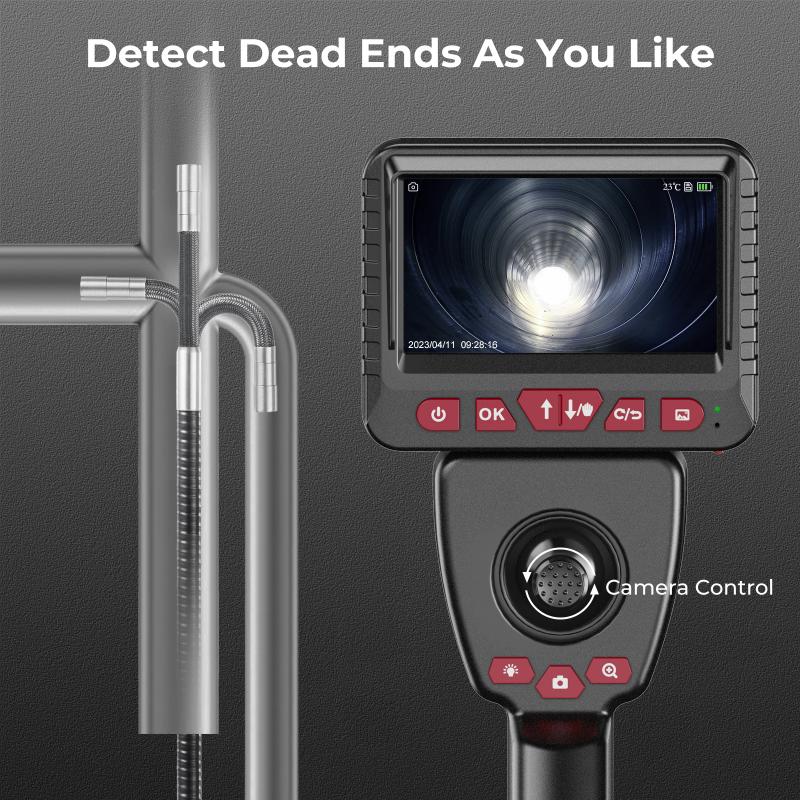
An endoscope is a flexible or rigid tube equipped with a light source and a camera. The device is inserted into the body through natural openings such as the mouth or anus, or through small incisions. The camera transmits images to a monitor, allowing the physician to see inside the body in real-time. This visual access is crucial for diagnosing conditions, performing biopsies, and even conducting surgical procedures.
Components of an Endoscope
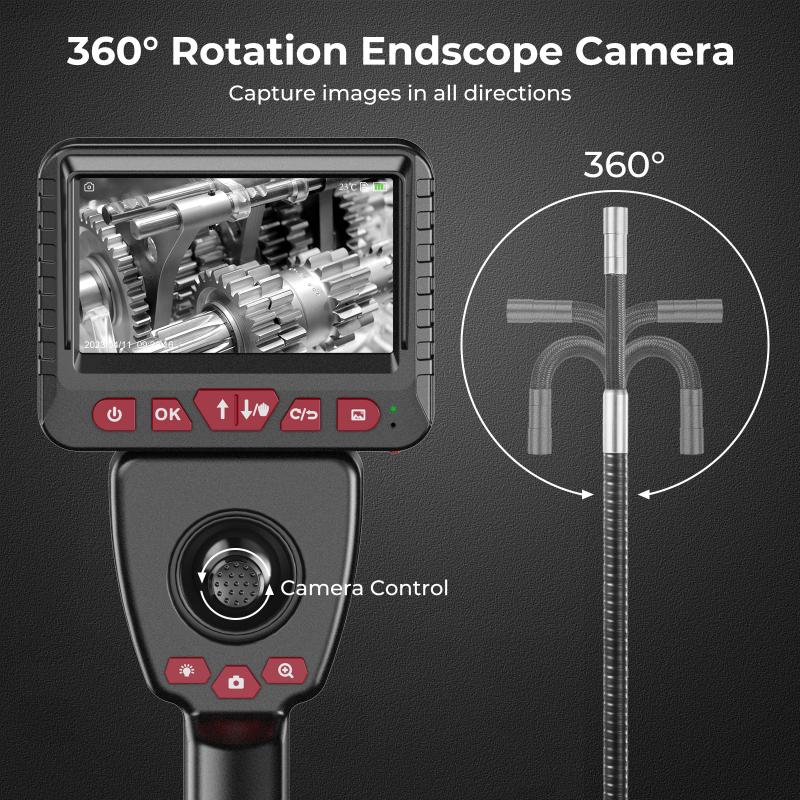
1. Insertion Tube: This is the part of the endoscope that is inserted into the body. It is flexible in most cases, allowing it to navigate through the body's natural curves and bends.
2. Light Source: Modern endoscopes use LED lights to illuminate the area being examined. The light is transmitted through fiber optic cables to the tip of the endoscope.
3. Camera: The camera captures high-resolution images and transmits them to a monitor. Some advanced endoscopes also have the capability to capture video.
4. Control Section: This is the part of the endoscope that the physician holds and manipulates. It contains various controls for steering the insertion tube, adjusting the light, and capturing images or videos.
5. Working Channel: Some endoscopes have a working channel through which instruments can be passed. This allows the physician to take biopsies, remove polyps, or perform other procedures.
How an Endoscope Works
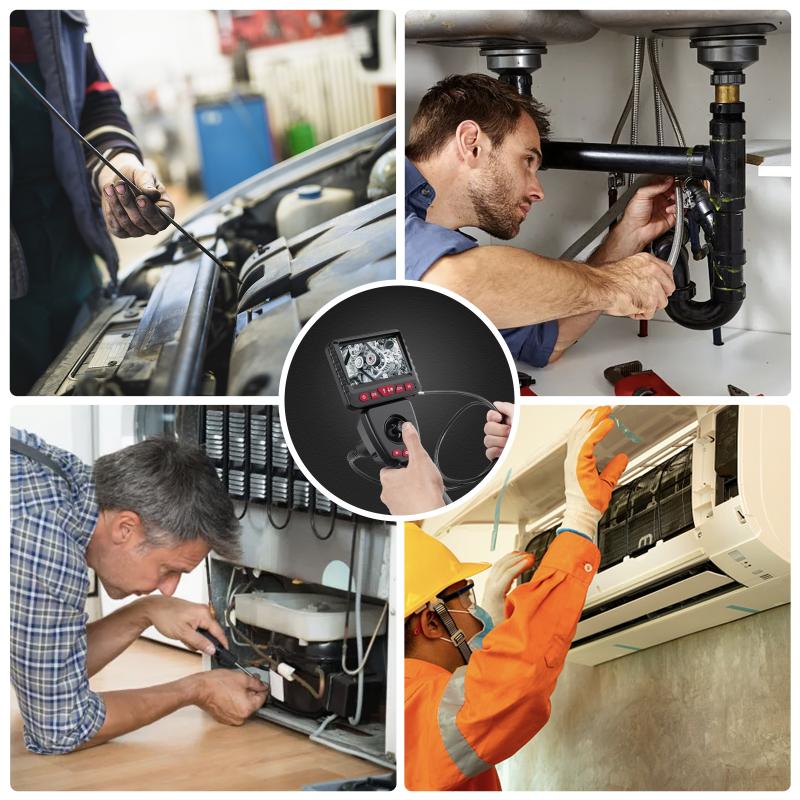
The process of using an endoscope generally involves the following steps:
1. Preparation: The patient may need to fast or undergo bowel preparation, depending on the type of endoscopy. Sedation or anesthesia may also be administered.
2. Insertion: The endoscope is gently inserted into the body. For example, in a gastroscopy, the endoscope is passed through the mouth and down the esophagus. In a colonoscopy, it is inserted through the anus and navigated through the colon.
3. Navigation: The physician uses the control section to steer the endoscope. The camera and light source provide a clear view of the internal structures.
4. Examination: The physician examines the images on the monitor, looking for abnormalities such as inflammation, ulcers, or tumors.
5. Intervention: If necessary, instruments can be passed through the working channel to perform biopsies, remove polyps, or treat bleeding.
6. Withdrawal: Once the examination or procedure is complete, the endoscope is carefully withdrawn.
Types of Endoscopes

There are several types of endoscopes, each designed for specific applications:
1. Gastroscope: Used for examining the esophagus, stomach, and duodenum.
2. Colonoscope: Used for examining the colon and rectum.
3. Bronchoscope: Used for examining the airways and lungs.
4. Cystoscope: Used for examining the bladder.
5. Laparoscope: Used for examining the abdominal cavity. This type of endoscope is often used in minimally invasive surgeries.
6. Arthroscope: Used for examining joints.
Applications of Endoscopy
Endoscopy has a wide range of applications in modern medicine:
1. Diagnosis: Endoscopy is invaluable for diagnosing conditions such as gastrointestinal disorders, respiratory issues, and urinary tract problems. It allows for direct visualization and biopsy of suspicious areas.
2. Treatment: Endoscopic procedures can be used to treat various conditions. For example, polyps can be removed during a colonoscopy, and bleeding ulcers can be treated during a gastroscopy.
3. Surgery: Minimally invasive surgeries, such as laparoscopic cholecystectomy (gallbladder removal), are performed using endoscopes. These procedures involve smaller incisions, less pain, and quicker recovery times compared to traditional open surgeries.
4. Monitoring: Endoscopy can be used to monitor the progress of treatment for chronic conditions. For example, patients with Barrett's esophagus may undergo regular endoscopies to check for changes in the tissue.
Common Questions and Concerns
Is Endoscopy Painful?
Most endoscopic procedures are not painful, although they may cause some discomfort. Sedation or anesthesia is often used to help the patient relax and minimize discomfort.
How Long Does an Endoscopy Take?
The duration of an endoscopy depends on the type of procedure and the complexity of the case. Most diagnostic endoscopies take between 15 to 45 minutes.
What Are the Risks?
Endoscopy is generally safe, but like any medical procedure, it carries some risks. These may include bleeding, infection, and perforation of the organ being examined. However, serious complications are rare.
How Should I Prepare for an Endoscopy?
Preparation varies depending on the type of endoscopy. Your doctor will provide specific instructions, which may include fasting, bowel preparation, and stopping certain medications.
Advances in Endoscopic Technology
The field of endoscopy is continually evolving, with new technologies enhancing its capabilities:
1. High-Definition Imaging: Modern endoscopes offer high-definition imaging, providing clearer and more detailed views of internal structures.
2. Narrow Band Imaging (NBI): This technology enhances the visibility of blood vessels and mucosal patterns, aiding in the detection of abnormalities.
3. Capsule Endoscopy: This involves swallowing a small capsule with a camera that takes images as it passes through the digestive tract. It is particularly useful for examining the small intestine.
4. Robotic Endoscopy: Robotic systems are being developed to improve the precision and control of endoscopic procedures.
Endoscopy is a powerful tool in modern medicine, offering a minimally invasive way to diagnose and treat a wide range of conditions. Understanding how an endoscope works and its various applications can help demystify the procedure and alleviate any concerns. As technology continues to advance, the capabilities of endoscopy will only expand, further improving patient care and outcomes. Whether you are a patient preparing for an endoscopy or a medical professional seeking to deepen your knowledge, this remarkable technology is worth understanding and appreciating.



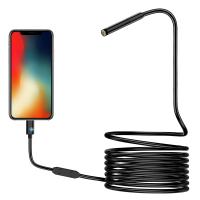
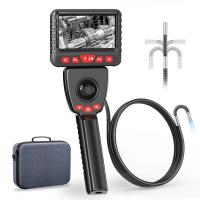
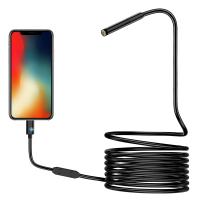
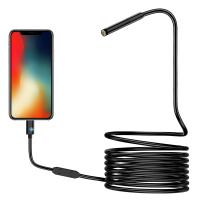
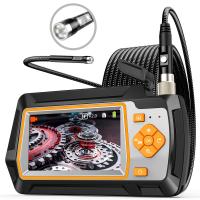
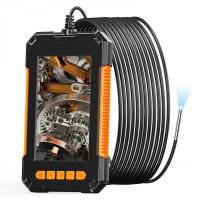



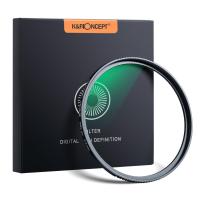
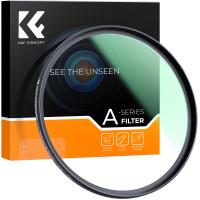
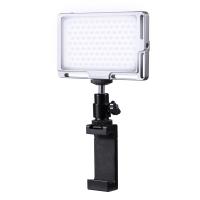
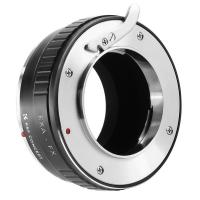




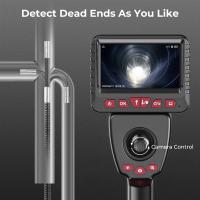


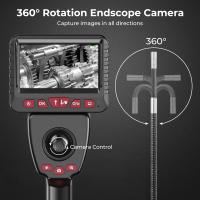


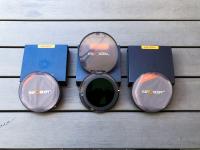
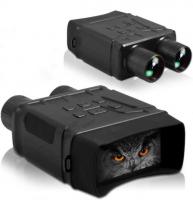
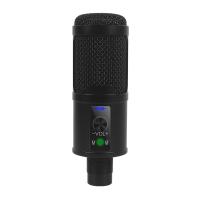

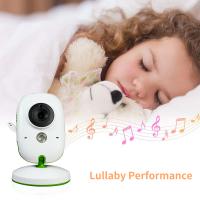
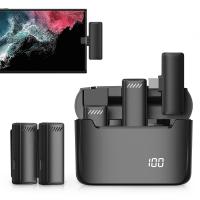
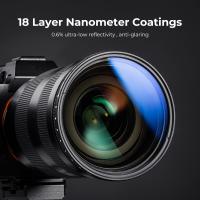

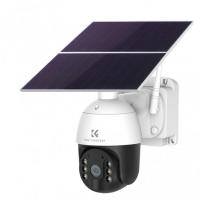

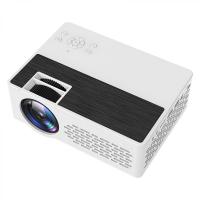

There are no comments for this blog.